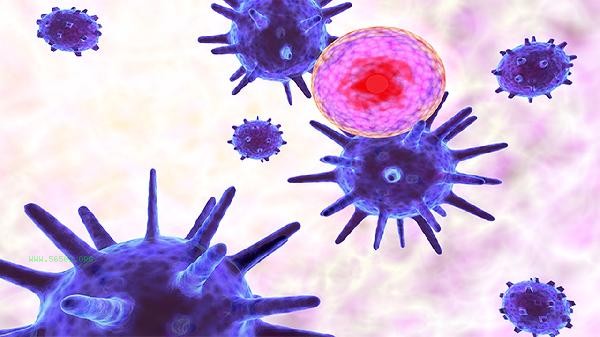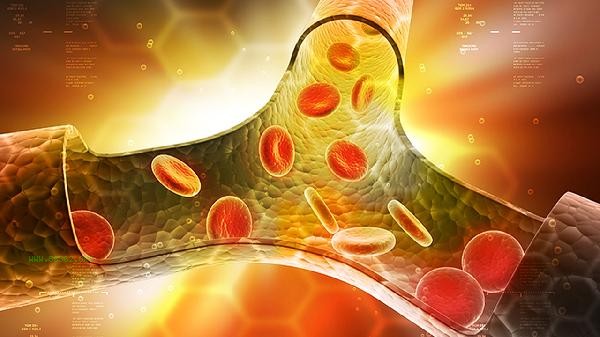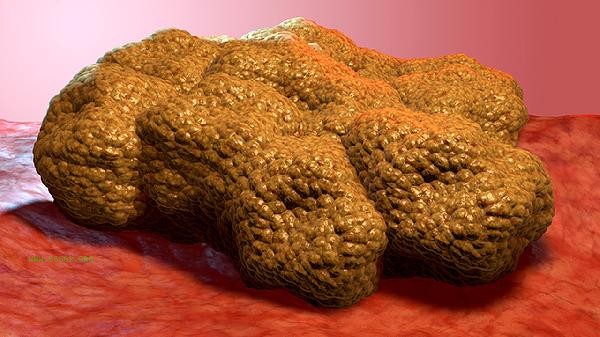The absolute value of eosinophils at 0.07 × 10 ⁹/L is mildly elevated, and in most cases, it is related to allergic reactions, inflammation, or mild abnormalities in the blood system. The main influencing factors include allergic rhinitis, chronic urticaria, hypothyroidism, myeloproliferative disorders, and drug reactions.

1. Allergic reactions:
Allergic rhinitis or chronic urticaria may lead to mild elevation of eosinophils. These patients usually have symptoms such as sneezing and skin itching, which can be relieved by antihistamines such as loratadine, while avoiding exposure to allergens such as pollen and dust mites.
2. Chronic inflammation:
Inflammatory states such as chronic sinusitis or gastritis may stimulate the release of eosinophils. After controlling inflammation, the values can often return to normal. It is recommended to improve C-reactive protein testing and use anti infective treatments such as amoxicillin if necessary.
3. Thyroid abnormalities:

Patients with hypothyroidism may experience an increase in eosinophil count. Accompanied by symptoms such as fear of cold and weight gain, it is necessary to test the level of thyroid stimulating hormone and supplement with levothyroxine sodium after diagnosis. 4. Hematological disorders: Bone marrow proliferative diseases such as polycythemia vera can cause an increase in eosinophils. This type of disease is often accompanied by dizziness and flushing, and needs to be diagnosed through bone marrow puncture. Treatment requires medication such as hydroxyurea.
5. Drug factors:
Temporary increase in eosinophils may occur after injection of penicillin or vaccine. Usually no special treatment is required, and it can recover on its own within 1-2 weeks after stopping the medication. During this period, it is recommended to monitor changes in blood routine.
It is recommended to maintain sufficient sleep and engage in moderate aerobic exercise such as brisk walking and swimming, which can help regulate immune status. Increase the intake of citrus fruits and dark green vegetables rich in vitamin C in the diet, and limit high-fat and high sugar foods. If it continues to rise or is accompanied by symptoms such as sudden weight loss and bone pain, it is necessary to seek timely diagnosis from a hematology department for serious diseases such as chronic myeloid leukemia. Regularly review blood routine and dynamically observe changes in values to avoid self medication that affects hematopoietic function.









Comments (0)
Leave a Comment
No comments yet
Be the first to share your thoughts!